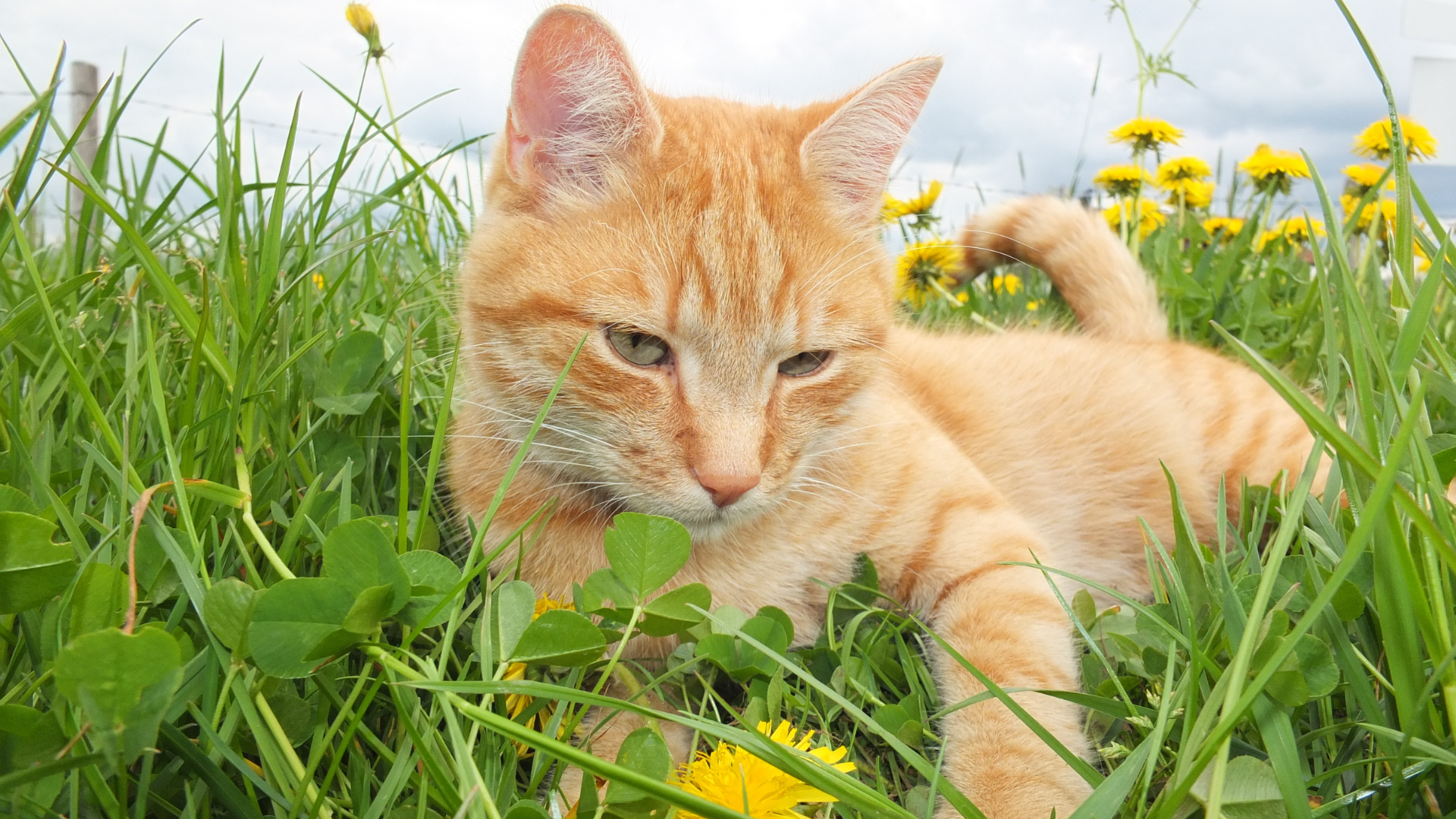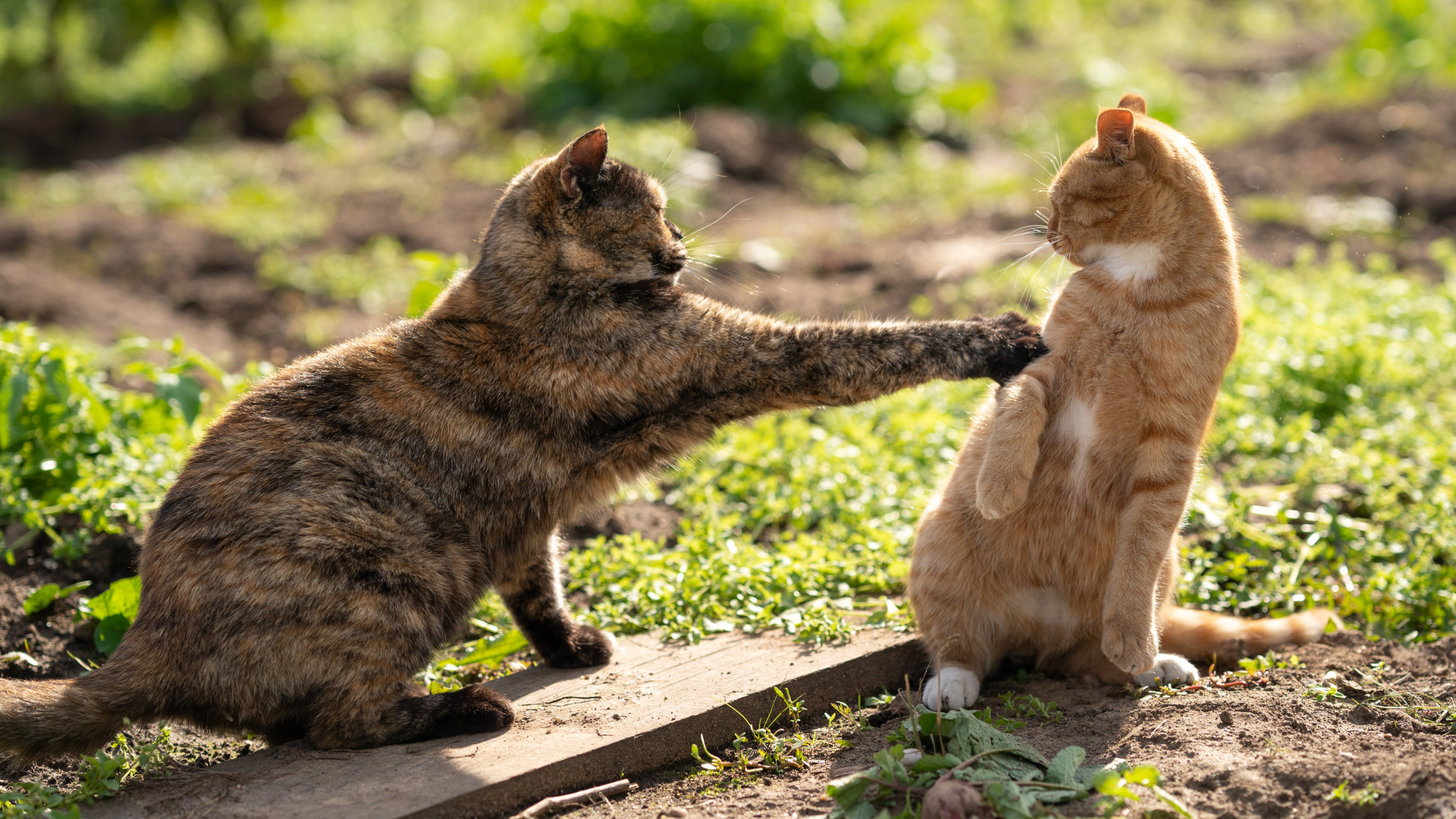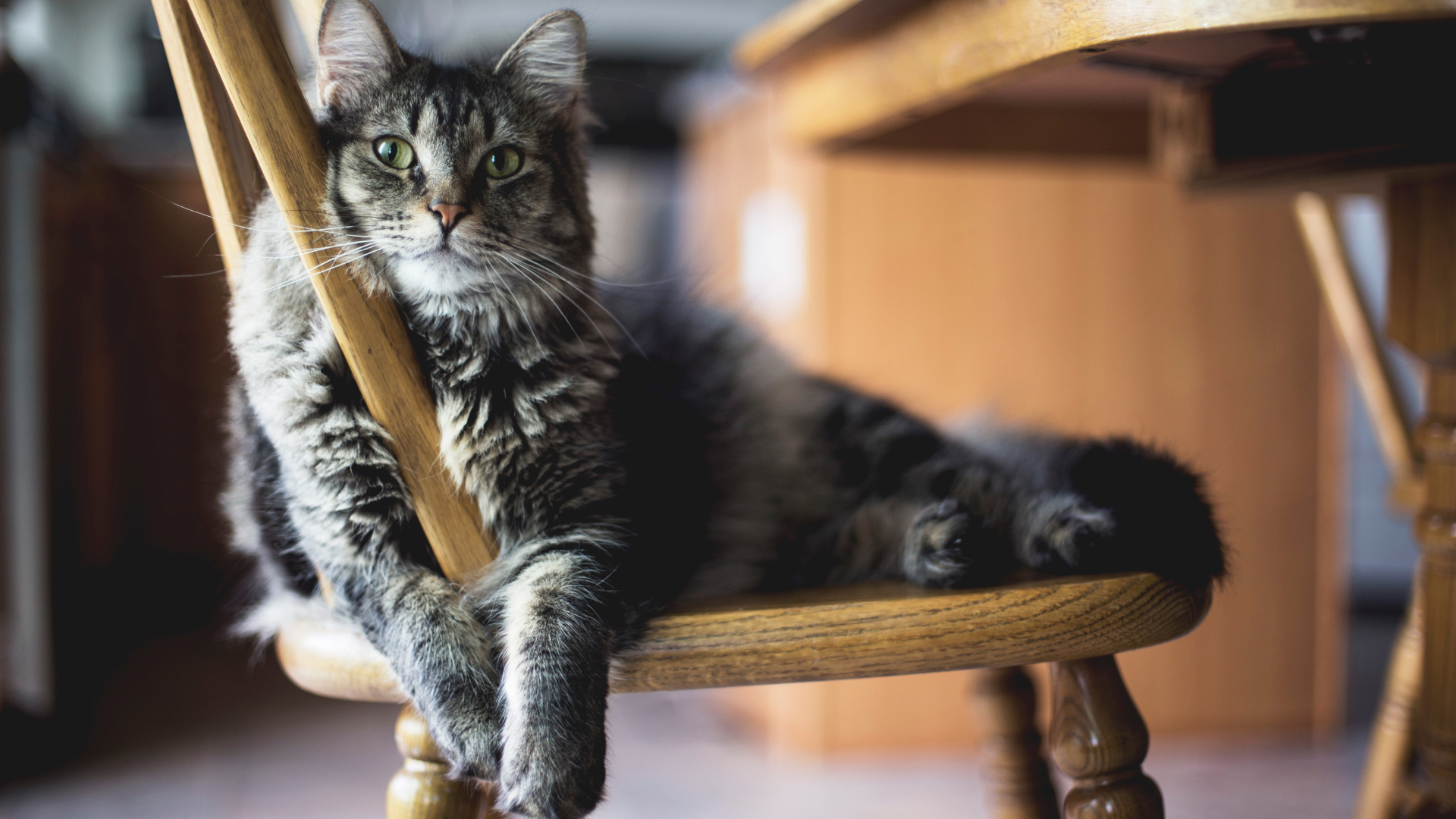
By Dr Caity Venniker (Re-published with permission from KatKin)
How To Manage The Environment And Create The Purrfect Home
Some cats are much more prone to stress and anxiety than others. These differences can stem from genetics, physical wellbeing, past experiences as well as their level of socialisation and habituation. It can be difficult to identify a highly anxious cat as they tend to disguise it well.
Because domestic cats were never at the top of the food chain during their evolution, they had to adopt survival mechanisms to outwit larger predators. One of these was the instinctive tendency to mask pain, illness or stress; in order to avoid looking like a weak object of prey. For this reason, even in modern times, the signs that your cat is suffering from stress can be very subtle, and often the first indication is when it deteriorates into illness or behavioural abnormalities.
Why Our Cats Need To Stress Less
Stress in cats can be a very serious problem. Apart from its psychological impact, it also has profound physiological implications and is associated with various conditions. These include lowered immunity; increased incidence of cancers(1); skin problems; diabetes; and most notably, a condition known as feline idiopathic cystitis (FIC).
FIC is inflammation of the bladder. It can progress to blockage of the urinary tract which is a life-threatening emergency. There are many factors which play a role in the development of this condition, but one of the cornerstones of its management is addressing stress in the environment.
How Cats Show Stress
When it comes to behaviour, acute stress is generally shown in ways that most of us would easily recognise, such as hissing, trembling or hiding.
Signs of chronic stress can be much more subtle; and include increased sleeping; decreased exploration and play; and a passive attitude. Sometimes chronic stress can develop into more noticeable symptoms such as overgrooming, compulsive behaviours, aggression, anorexia or binge eating, among others.
What’s Stressing Your Miaow?
You may wonder what on earth could stress a creature that can lie on the couch all day, without ever having to worry about traffic jams, deadlines or in-laws? It may help to remember that the domestication of cats has been relatively rapid, and that their cosy environment may be restrictive to their natural behaviours.
Fortunately for us, cats don’t need massages, therapists or meditation to help them cope, but they do need close attention paid to a few very specific details of their environment.
The Major Sources Of Stress For Cats
The Litter Box
This is one of the most important factors causing stress, particularly in multi-cat households. Not only is maintenance and hygiene crucial, but also the number, position and substrate used.
The ideal number of litter trays in a home should be one for every cat in the house and then one extra(2). This is an extremely important and often overlooked aspect of owning a cat, especially for those that live indoors. It is easy to underestimate our cats’ need to feel safe, comfortable and clean when they do their business.
Trays must also be positioned so that other cats or pets cannot block access to them. Most cats prefer fine-grained, unscented litter approximately 1,5 inches deep,(2) but preferences vary and should be met.
Feeding Protocol
Feral cats eat up to 20 small meals per day. The process of hunting for food provides mental stimulation as well as physical exercise.
In the household environment most cats are limited to two or three meals per day. Some cats manage well and do not eat all their food at once. Others consume everything rapidly and then are in a situation where they have no control over their next meal, and the hours spent waiting can be both frustrating and boring.
This is difficult to manage but some suggestions include automatic feeders, or even putting small portions in different areas. Puzzle feeders and teaching your cat to obey commands for a food reward are ways to help your cat feel as if he is earning his food and has an element of control.
Activity and Play
Cats are natural predators and when confined to small areas without stimulation may become bored, frustrated or depressed. For indoor cats, it is crucial that they have a vantage point to look out of a window, to have access to the sights, sounds and smells of the outdoors. This can make a huge difference to the welfare of your cat. There are also programs and apps that produce background noises from nature.
Play is a vital opportunity for cats to express natural behaviour and indicates a positive emotional state(2). While some cats are naturally more inclined to play than others, it is important to encourage play, with a variety of toys that can be rotated; as well as interaction with their owner. New objects should be introduced intermittently, such as boxes to explore (the KatKin delivery boxes are ideal!). Toys that have a variation of textures, are mobile, light and bouncy are often very popular.
Social Stress and Territory
The social system in cats is flexible, with some cats enjoying a solitary life and others fitting into a group. Conflict between cats is a massive source of stress, and it is important that they have enough space to avoid each other if necessary, as this will help to reduce overt aggression.
Cats establish boundaries and avoid conflict by marking their territory with facial and body rubbing, scratching and urine spraying. As frustrating as this may be when it comes to your new sofa, it is helpful to understand the motivation behind these behaviours and how to manage them.
Sensitivity of the Senses
Cats have much more developed senses of smell and hearing than we do. As such, care should be taken to avoid overstimulation. We all know how uncomfortable it can be to be stuck in an elevator with someone wearing too much perfume; or being in an area where building is taking place. Cats can easily be overwhelmed by smells and sounds, and often their only way of trying to cope is by hiding away.
Cats’ sense of smell is estimated to be about 14 times as strong as ours(3) so it’s easy to understand how some odours may be highly offensive to cats. Many cats do not enjoy household products that have citrus scents(2) and it is important to be aware that the smell of cigarettes, potpourri, air fresheners and incense may be extremely unpleasant to your cat. Catnip on the other hand is a well known stimulant for cats(2) and can be offered for their enjoyment, although not all cats are affected by it.
Cats can hear about 1,6 octaves above the human range(3) so we may not even be aware of noise pollution occurring in their environment. Potential sources of high frequency noises include light dimmers; LCD displays and kettles, so it is worth paying close attention to your cat for any signs of discomfort, and in general, keeping the volume down a little.
Small Steps Towards Less Stress
A thoughtful balance of stimulation and routine is required to manage the stress levels of the sensitive little creatures we are so lucky to share our homes and lives with. Small changes to the environment of your cat can make an enormous difference to his or her overall wellbeing.
Our next two blogs focus on how to manage stress in a multi-cat household, and understanding pheromones in the management of stress. Severely stressed cats may require veterinary attention and medical assistance, but it is worth trying to tweak the environment, manage interactions with other cats, and try pheromone therapy first.
———————————————————————————————————————————
Click here to find out more information about KatKin Scoop Health, Health Monoring Cat Litter
If you want to learn more about KatKin and how they’re putting cats first, visit their website – https://www.katkin.com/
———————————————————————————————————————————
References:
- Notari, L. (2017). Stress in Veterinary Behavioural Medicine. In D. F. Horwitz & D. S. Mills (Eds.), BSAVA Manual of Canine and Feline Behavioural Medicine (pp. 136-144). British Small Animal Veterinary Association.
- Rochlitz, I. (2017). Basic Requirements for Good Behavioural Health and Welfare in Cats. In D. F. Horwitz & D. S. Mills (Eds.), BSAVA Manual of Canine and Feline Behavioural Medicine (pp. 136-144). British Small Animal Veterinary Association.
- Ward, E. (2012). Sights, Sounds and Smells That Can Stress Out Your Pet. Retrieved from: http://www.vetstreet.con/our-pet-experts/sights-smells-and-sounds-that-can-stress-out-your-pet on 10 March 2020.


